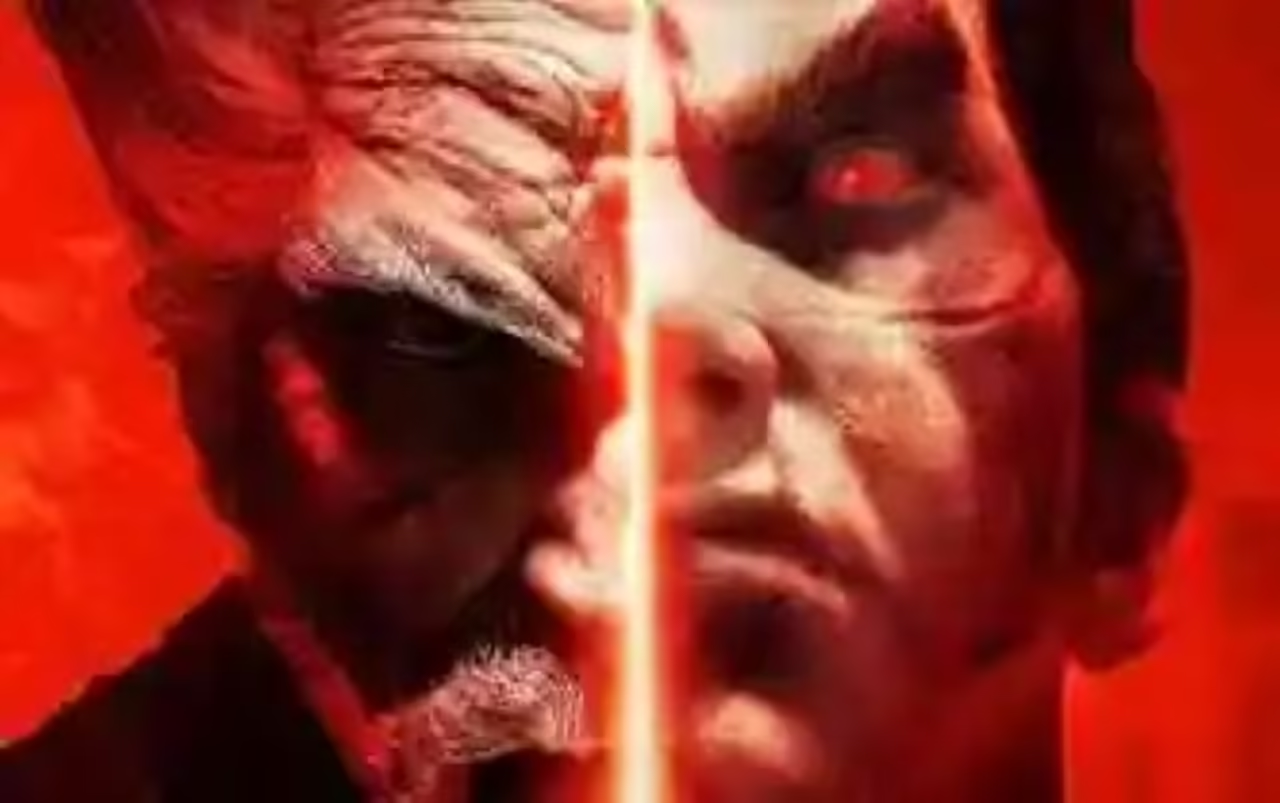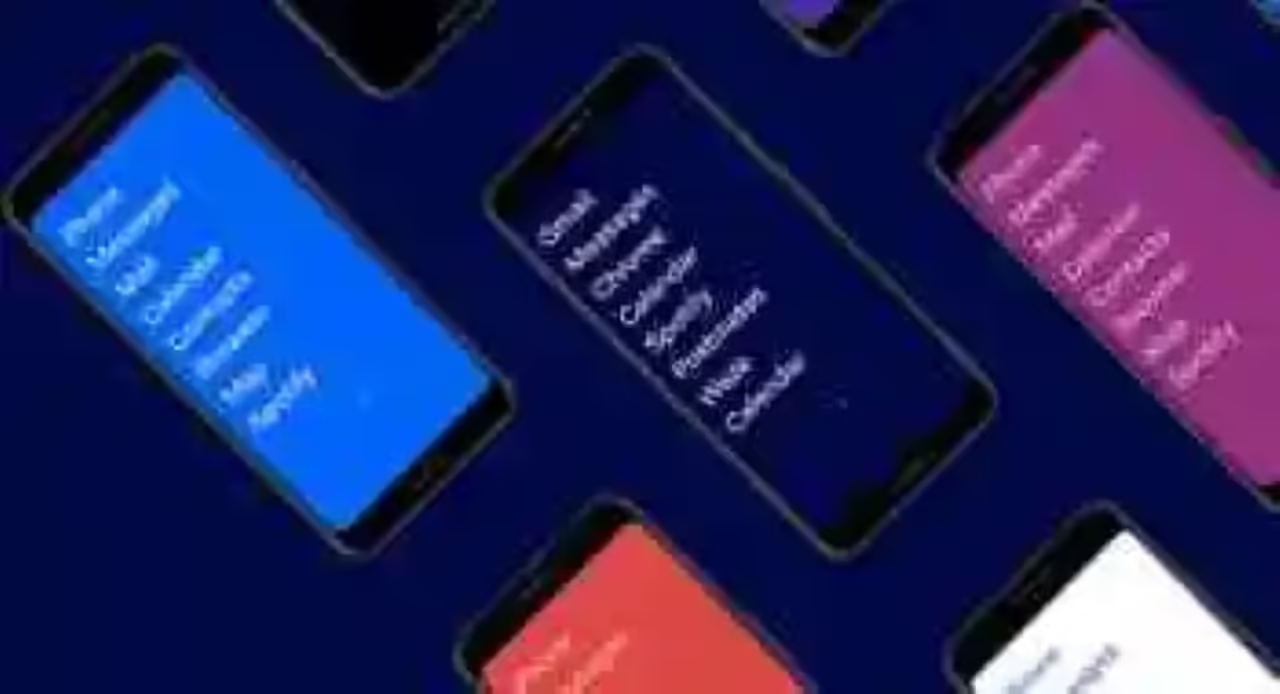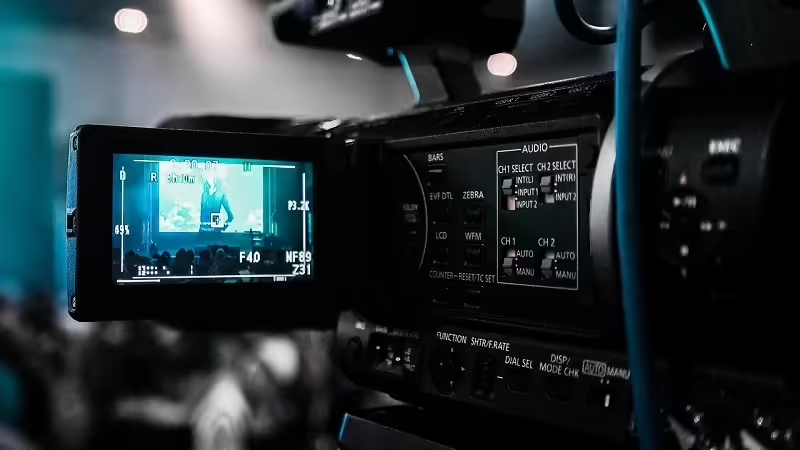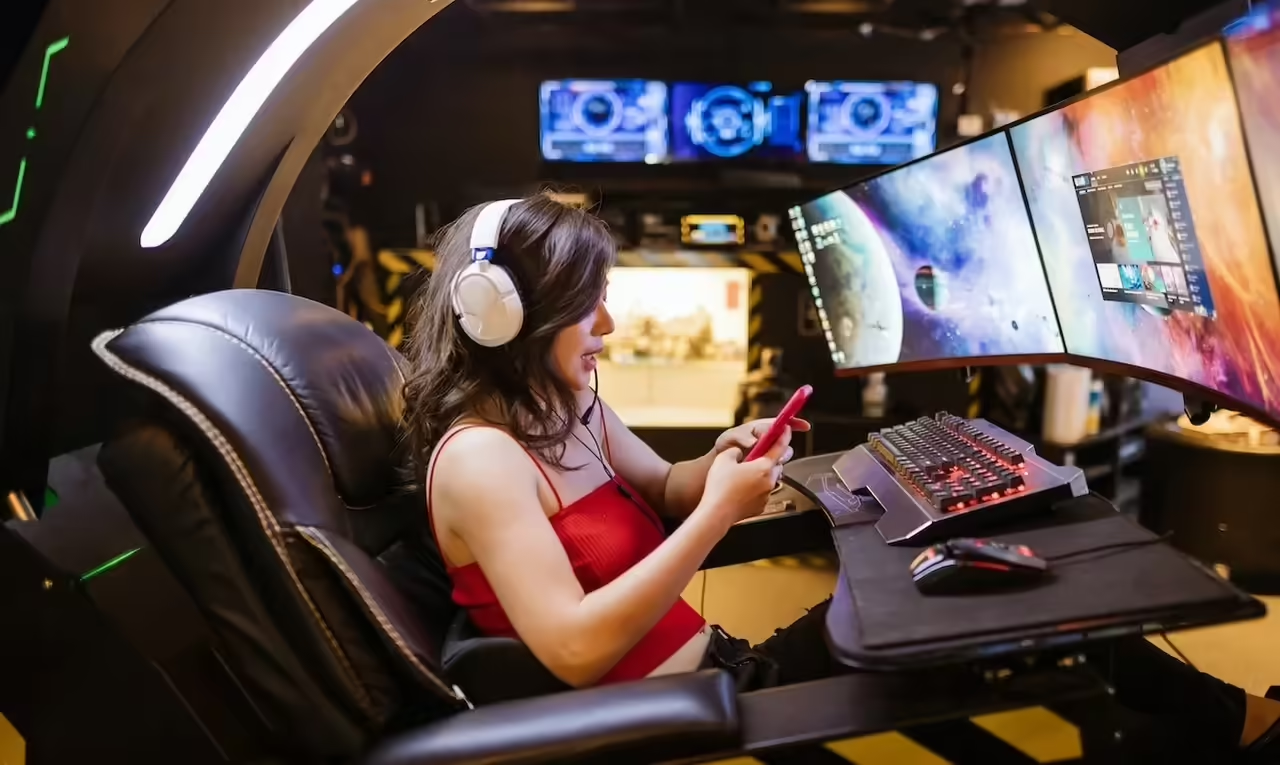
Nikola Tesla was one of the most important inventors and engineers in history, and his vision for future technology was truly unique. In his time, Tesla predicted many technological breakthroughs that are a reality today, and his ideas and discoveries have had a lasting impact on modern science and technology.
From energy and electricity to wireless communication and robotics, Tesla was a visionary in many fields of technology. In this article, we will explore Tesla’s vision of future technology and how his predictions and discoveries have affected modern technology in our daily lives.
Energy and electricity
One of the areas in which Tesla was most innovative was in energy and electricity. In his time, Tesla predicted that energy would become an increasingly important source and that electricity would be the primary means of its distribution. He also predicted that energy would be generated more efficiently and cleanly, and that renewable energy sources would be a viable alternative to fossil fuels.
Today, these predictions have come true thanks to technological advances in solar panels, wind turbines and other renewable energy devices. Solar and wind power, for example, are growing in popularity and are becoming an increasingly important source of energy worldwide.
Wireless communication
Another area where Tesla was a visionary was in wireless communication. In Tesla’s time, communication was based on wires and telegraph lines, but Tesla predicted that wireless communication would be possible in the future. He himself worked on the development of radio, which is based on the wireless transmission of radio signals.
Today, wireless communication is an integral part of our daily lives, from smartphones to car communication systems to surveillance and security systems. Wireless communication technology has also enabled the creation of the Internet of Things (IoT), which connects electronic devices of all kinds and enables process automation and real-time data collection.
Robotics
Tesla was also a pioneer in the field of robotics. In his time, Tesla predicted that machines would be able to do many of the tasks that previously required human labor, and that this would lead to a more efficient and productive world.
Today, robotics are used in a variety of industries, from manufacturing to space exploration to medicine. Robots are able to perform complex tasks more efficiently and accurately than humans, which has led to improvements in productivity and quality of life.
Nikola Tesla’s discoveries that we still use today
Alternating Current (AC)
Perhaps Tesla’s most important discovery was alternating current (AC), which revolutionized the electric power industry. In contrast to the direct current (DC) used by his rival Thomas Edison, AC allowed for more efficient and economical power transmission, leading to the creation of large-scale power grids. Today, AC is the global standard for electrical power distribution.
Radio
Another important Tesla invention was the radio. Although many attribute the invention of radio to Guglielmo Marconi, Tesla’s 1900 patent for a radio transmission system predates that of Marconi. Tesla developed the theory of radio communication and created a system for transmitting signals through the air that is fundamental to today’s radio and television technology.
Induction motor
The induction motor, also known as the asynchronous motor, is another Tesla invention that remains vital to the electrical industry. This motor uses alternating current to generate a magnetic field that turns the motor’s rotor. Induction motors are used in a wide variety of applications, from household appliances to factories to electric power plants.
Tesla coil
The Tesla coil is a device that uses electromagnetic resonance to produce a high voltage alternating current. Although the Tesla coil was originally created as a scientific curiosity, today it is used in a variety of applications, including the generation of high-frequency signals for scientific research, medicine and electronics.
Remote control
Tesla also developed the concept of remote control. In the 1890s, Tesla demonstrated a remote-controlled ship that could be controlled by radio. Today, remote controls are used in a variety of applications, from television to drones to robots.
The Brilliant Mind of Nikola Tesla: His Legacy in Science and Technology
Nikola Tesla, a Serbian inventor, electrical engineer and physicist, was a brilliant mind whose contributions to science and technology remain relevant to this day. Although he did not receive the recognition he deserved during his lifetime, his legacy has left an indelible mark on human history.
Tesla was born in Smiljan, Croatia, in 1856 and studied engineering at the Prague Polytechnic University. He worked for several energy and technology companies in Europe before emigrating to the United States in 1884, where he began his career with Thomas Edison’s famous company.
In addition to his inventions, Tesla also had an innovative vision for the future of technology, which included renewable energy and wireless transmission of electrical power. Tesla was a pioneer in renewable energy, and even proposed the idea of a power tower that could transmit electrical power wirelessly.
Tesla’s legacy in science and technology is still relevant today, and his work has been fundamental to many of the modern technologies we use in our daily lives. Nikola Tesla’s brilliant mind exemplifies the power of creativity and innovation in the advancement of science and technology, and his legacy will continue to inspire future generations of scientists and technologists.
The dream of wireless power: Tesla’s vision of wireless power transmission
From an early age, Tesla was fascinated by electricity. After studying at the Politecnico di Milano, he began working for the telegraph company in Europe. However, his true passion was the development of electrical technologies, and he moved to the United States to work with Thomas Edison in his electric company. Although Edison was a respected inventor at the time, Tesla quickly became disenchanted with his methods and lack of long-term vision.
It was then that Tesla began working on his own, and managed to patent a number of revolutionary inventions. But it was his dream of wireless power that he was most passionate about. Tesla envisioned a world in which electricity could be transmitted without the need for wires, using electromagnetic waves. In his own words, his vision was of “a future in which wireless power would light up the world, and enable the movement of machines without wires.”
To realize his dream, Tesla began work on developing a wireless power transmission system. In 1899, he built a transmission tower in Colorado Springs to experiment with transmitting electromagnetic signals through the atmosphere. It was a success, and succeeded in transmitting power through the air for distances of up to 25 miles.
Next, Tesla began work on an even more ambitious project: the construction of a transmission tower on Long Island, New York, that could transmit power around the world. The tower, known as the Wardenclyffe Tower, was built in 1901 with the help of investor J.P. Morgan. However, as the project became more expensive, Morgan pulled out of the investment and Tesla ran out of funds. The tower was dismantled in 1917.
Although Tesla’s dream of wireless power was never fully realized, his vision was a source of inspiration for many other scientists and technologists. The wireless transmission technology Tesla developed was a precursor to radio, television and wireless communication technology. He was also a pioneer in the development of renewable energy technologies, such as solar power and wind power.
The future of wireless energy
The idea of wireless power was one of Tesla’s greatest visions. In 1899, he built a tower in Colorado Springs, Colorado, in order to investigate wireless power transmission. He used a resonant coil to create electromagnetic resonance, which allowed power to be transmitted through the air without the need for wires.
Although the Colorado Springs tower was destroyed in a fire in 1904, Tesla’s work in wireless power laid the groundwork for future research in the field. Today, wireless power is being researched around the world and is expected to be a revolutionary technology in the energy industry.
Wireless power has the potential to change the energy landscape by enabling the transmission of electrical power without the need for wires. This could reduce the need for traditional power grids and increase the efficiency of power transmission. In addition, wireless power could make renewable energy, such as solar and wind, more viable by enabling power transmission from remote locations to urban areas.
Wireless power could also have a significant impact on the transportation industry. Electric vehicles could be charged wirelessly while on the move, eliminating the need to stop and charge batteries. This could reduce charging times and increase the efficiency of electric vehicles.
However, there are still challenges to overcome in the research and development of wireless power. One of the main challenges is the efficiency of power transmission. Energy is lost in the transmission process, and scientists are still working on ways to reduce this loss. In addition, the safety of wireless power remains a concern, as the transmission of power through the air could pose a health risk.
Many of today’s inventions are Tesla’s and not Edison’s
Despite his accomplishments, Tesla has often been overshadowed by Edison and other inventors of his time, due in part to Edison’s aggressive and controversial marketing tactics. Edison is known to have been a prolific inventor and his work on the invention of the electric light bulb, but many of his inventions were based on the previous work of other inventors, including Tesla.
Regardless of his many accomplishments, Tesla struggled financially for much of his life and died in 1943 in poverty. Despite his lack of recognition in his time, his inventions and discoveries were fundamental to the development of electrical technology, and his legacy has been recognized and honored in history.







